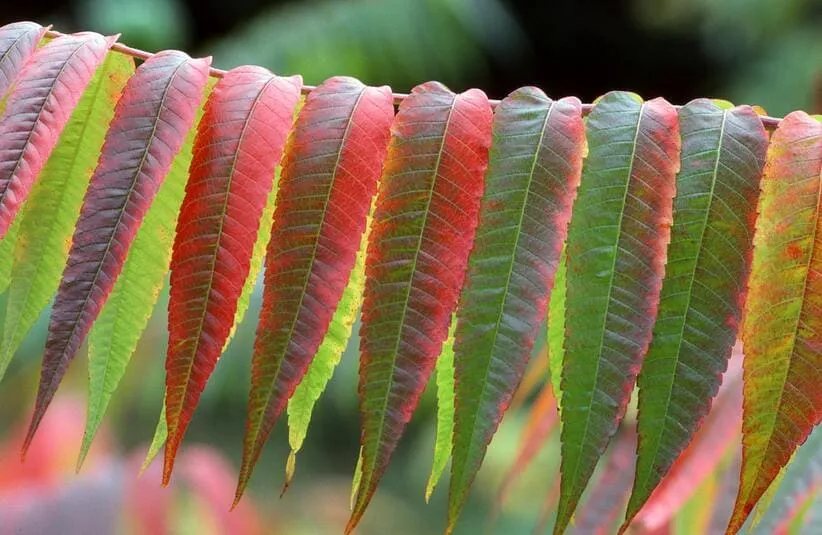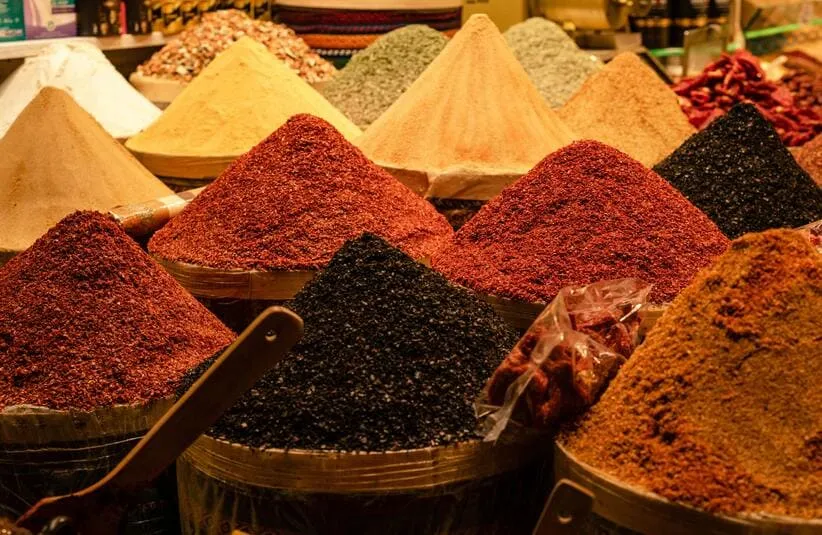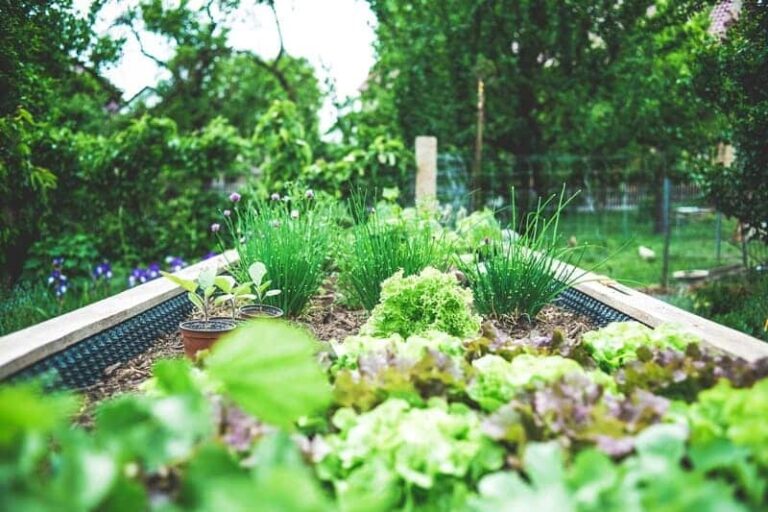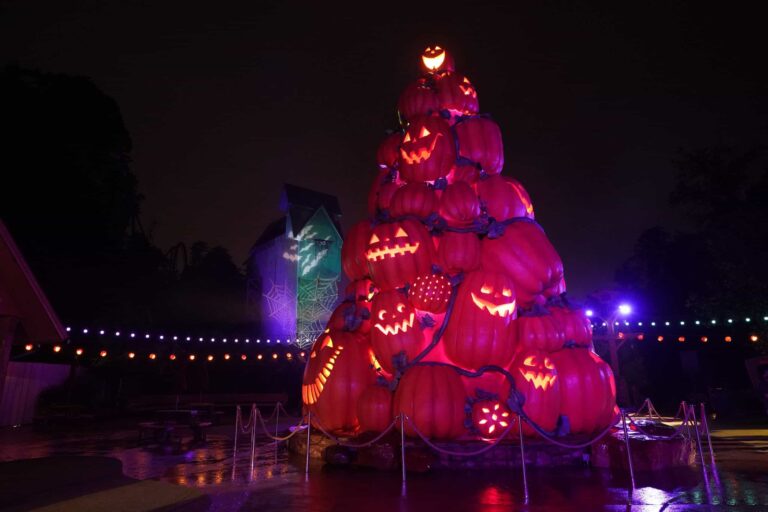Edible vs. Poison Sumac: 1 Easy Way to Tell the Difference
Let’s talk about sumac. We have all read the word on the Benadryl label, “treats itching from poison ivy, oak, and poison sumac.” So naturally when you hear of using sumac in the kitchen you get alarmed. Why in the world would I bring something that can cause such a rash into my kitchen? Not to mention why in the world would I harvest such a plant. Well, that’s super easy. There are two kinds of sumac that grow in North America. Let’s talk about how we can eat one while always staying away from the other. Here’s a hint. It’s red. This time, the red berry is okay.
Sumac — The Kind You Eat
This plant is a stunner, a showstopper. If you catch this plant in the perfect light of a sunset it looks like it is on fire. The kind you can eat grows in dry, open places like roadsides, fields, and hillsides. It clusters and can be seen very well even from a distance. The feathered appearance of the leaves always seems to stand out from any other native foliage in the same zone. But it’s the bright red torches full of berries that really give it away. This plant is not the one they are talking about on the itch cream label.
Wild Harvest Time

If you have done your homework, and have been shown by a field guide how to properly identify sumac, you are close to being able to harvest some for your own spice cabinet. The rule of 3 sources is always a smart go-to:
- Find the plant in a reputable botanical publication, written prior to the 1980s.
- Be shown the plant in the wild by someone native to the area who knows what they are talking about.
- Cross-reference the extensive online database of the Lady Bird Johnson Wildflower Center.
So now that you are ready to harvest your first berries, here are some great tips:
- Harvest in late summer to early fall when the berry clusters are deep red.
- Dry the berries by air-drying, oven-drying, or using a dehydrator until they crumble easily.
- Once fully dry, store in airtight containers in a cool, dark place. Properly stored, the spice can stay shelf-stable for up to two years.
The Wild Citrus Flavor

Sumac tastes tangy and lemony, with a slightly astringent edge. It is a common flavor profile in Middle Eastern and Mediterranean food, but it has also long been part of Native American food traditions.
Indigenous peoples across North America brewed the red berry clusters into a refreshing drink often called “sumac lemonade” or “pink lemonade.” The berries were steeped in cool water to release their tart flavor, sometimes sweetened with maple sugar or honey. Beyond drinks, some tribes used sumac berries and leaves as seasoning for meats or as a preservative because of their natural acidity.
Today, you’ll see sumac sprinkled over grilled chicken, fish, or roasted vegetables in American kitchens, echoing both Native traditions and global culinary uses.
If the commitment to study botany is a little too much to add this flavor to your kitchen, have no worries at all. You can buy sumac from Amazon, Whole Foods, Walmart, or specialty spice shops like The Spice Way.
Poison Sumac
This is the one you should not eat, touch, burn in the brush pile, or even look at wrong with a side eye. Poison sumac grows near standing water in swamps and bogs across eastern North America. It has smooth-edged leaves with 7–13 leaflets and produces white clusters of berries.
Coming in contact with poison sumac causes an itchy, burning rash with red streaks and blisters due to urushiol oil. Immediate care includes:
- Wash skin with soap and water within 10 minutes of exposure.
- Remove and wash contaminated clothing.
- Use OTC remedies like calamine lotion or hydrocortisone cream for itching.
- Seek medical care if the reaction is severe.
The places this plant grows are yucky, usually standing in water that has high snake, spider, and mosquito potential. Chances are you will not ever come in contact with poison sumac unless you are a wilderness enthusiast of some kind. And by that point you’ll already be aware and know what to do about poison sumac.
One Foolproof Way to Tell the Difference
- Red berry clusters = edible sumac.
- White berry clusters = poison sumac.
That’s the simplest rule to keep in mind when spotting sumac in the wild.
Best Reaction to Sumac You Can Get
This article was inspired by the Total Apex Media Podcast that aired on November 21, 2025. In this episode you can see the reactions of the team when reading sumac as an ingredient in a recipe. Their reactions were valid, very entertaining, and opened an opportunity to explain a little more about a spice that might be growing wild near you.
Note to readers: This article is for educational purposes only. If you are not trained in plant identification, do not rely on this as your sole source. Never eat wild plants unless you know them as well as you know the back of your own hand.







